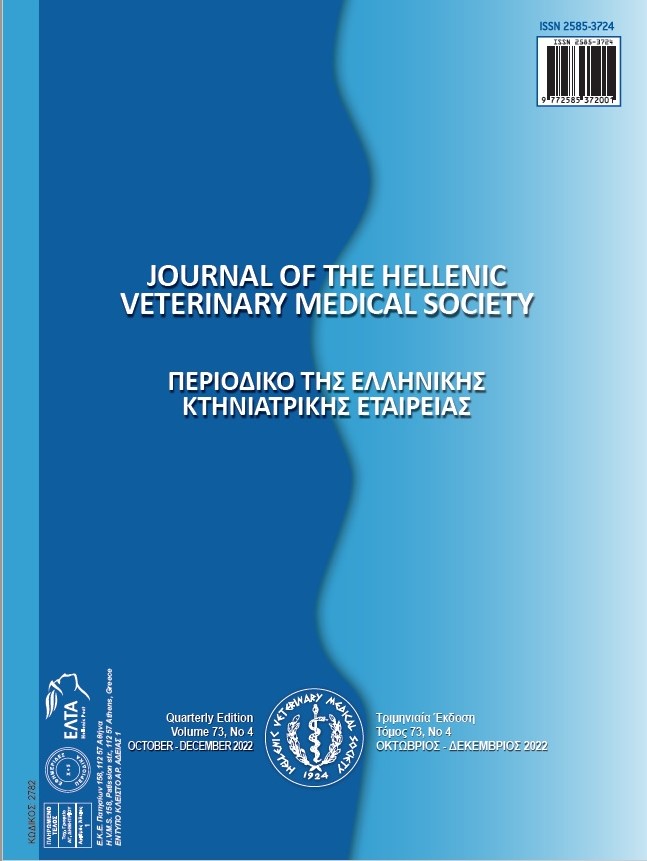Immunohistochemical Demonstration of Mast Cells in Bovine Papillomatous Digital Dermatitis of Holstein-Friesian Dairy Cattle

Abstract
Mast cells (MC)are unique members of immune system; their location and functions are of great importance in health and disease status. This study aims to evaluate MCs distribution and heterogenity in healthy and digital dermatitis lesions of dairy cattle for the first time. A total of 50 skin samples, 25 healthy and 25 with digital dermatitis (DD) lesions were sampled in Holstein-Friesian dairy cattle. All samples were stained with hematoxylin-eosin (H&E) for microscopic examination and also stained with Toluidine blue for MCs demonstration. Epidermal acanthosis and hyperkeratosis with dermal inflammatory cell infiltrations were in consistent with digital dermatitis lesions. Spirochetal agents were successfully demonstrated with Warthin-Starry staining in 22 out of 25 DD samples. Increased number of mast cell were observed in digital dermatitis samples when compared with healthy skin samples. The average number of intact MCs were 4.6 ± 2 and 9.3 ± 1 in healthy and digital dermatitis samples, respectively. Two-fold increase in the number of intact MCs in digital dermatitis samples was observed. Degranulated mast cell numbers in tissue sections were also higher in digital dermatitis samples and 4.25-fold increase was recorded in affected skin samples. Immunophenotype of MCs in skin samples were identified by immmunohistochemical stainings with anti-tryptase and chymase antibodies. Only tryptase positive MCs were observed in healthy and DD samples. In the statistical analysis, differences in the mean intact and degranulated MCs were found to be significant (mean intact: p<0.05, mean degranulated: p<0.01). Our results possibly suggest that MCs may have important roles in the pathogenesis of bovine digital dermatitis.
Article Details
- How to Cite
-
Ozguden-Akkoc, C., & Akkoç, A. (2024). Immunohistochemical Demonstration of Mast Cells in Bovine Papillomatous Digital Dermatitis of Holstein-Friesian Dairy Cattle. Journal of the Hellenic Veterinary Medical Society, 74(4), 6369–6376. https://doi.org/10.12681/jhvms.29927
- Issue
- Vol. 74 No. 4 (2023)
- Section
- Research Articles

This work is licensed under a Creative Commons Attribution-NonCommercial 4.0 International License.
Authors who publish with this journal agree to the following terms:
· Authors retain copyright and grant the journal right of first publication with the work simultaneously licensed under a Creative Commons Attribution Non-Commercial License that allows others to share the work with an acknowledgement of the work's authorship and initial publication in this journal.
· Authors are able to enter into separate, additional contractual arrangements for the non-exclusive distribution of the journal's published version of the work (e.g. post it to an institutional repository or publish it in a book), with an acknowledgement of its initial publication in this journal.
· Authors are permitted and encouraged to post their work online (preferably in institutional repositories or on their website) prior to and during the submission process, as it can lead to productive exchanges, as well as earlier and greater citation of published work.



